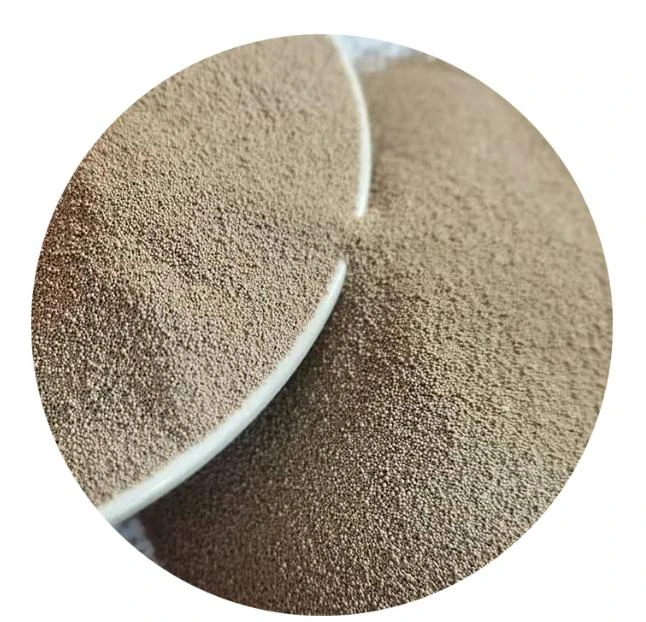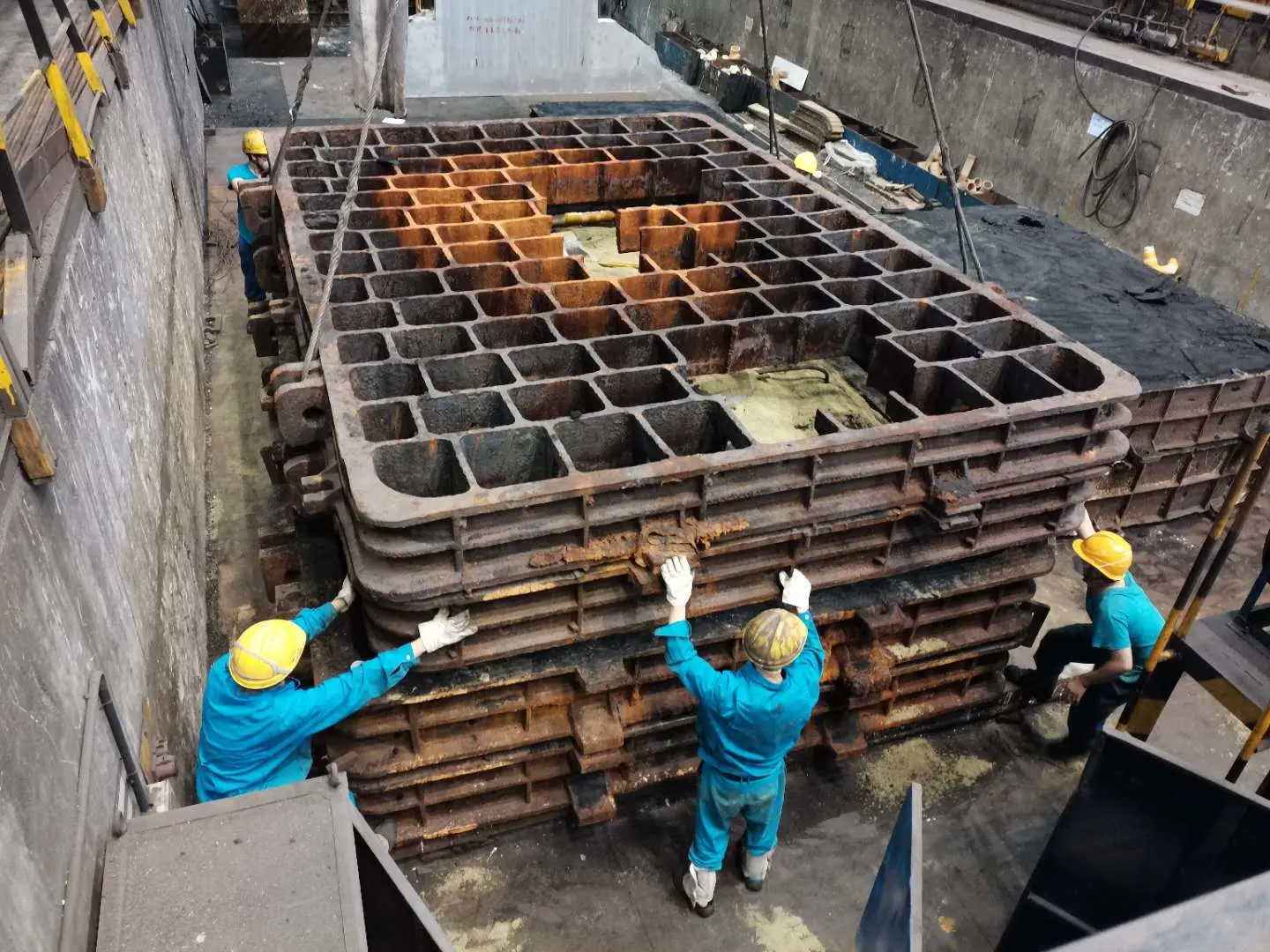

From an authoritative standpoint, many seasoned ceramists stress the importance of consistency and patience during the wet sanding process. Rushing through the procedure can lead to uneven surfaces or accidental damage to the ceramic. It's advisable to mark the areas that need the most attention with a pencil or a washable marker, allowing for a systematic approach that covers the entire surface without missing crucial sections. Trustworthiness in the process is achieved by always rinsing the ceramic piece and sandpaper frequently during sanding. This practice prevents the accumulation of small abrasive particles that can scratch or gouge the surface. Additionally, it's crucial to keep the workspace clean, routinely changing the water used for wet sanding to maintain optimal effectiveness and avoid contamination. For those who pursue ceramics as a professional endeavor, investing in high-quality sandpaper and sanding tools is a requisite for achieving consistent results. While these materials may come at a premium, the investment pays off in durability, performance, and ultimately, customer satisfaction. A finished ceramic piece that meets professional standards speaks volumes about the effort and skill invested in its creation. In conclusion, wet sanding ceramics is not just a technique but an art that complements the creative process inherent in ceramic artistry. It necessitates a careful balance of discipline, skill, and understanding of materials, all of which contribute to realizing the artist's vision with precision. Those who embrace the meticulous nature of wet sanding often find it to be a transformative step in achieving the highest quality in ceramic production, rendering it an indispensable facet of the craft. Post time:Jan . 26, 2025 03:13
Next:Ceramic sand powder
